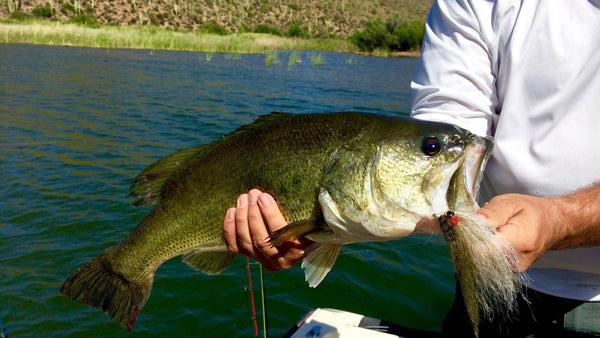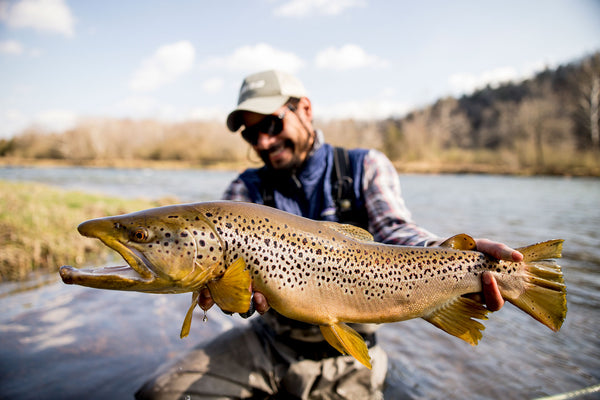Flymen Blog
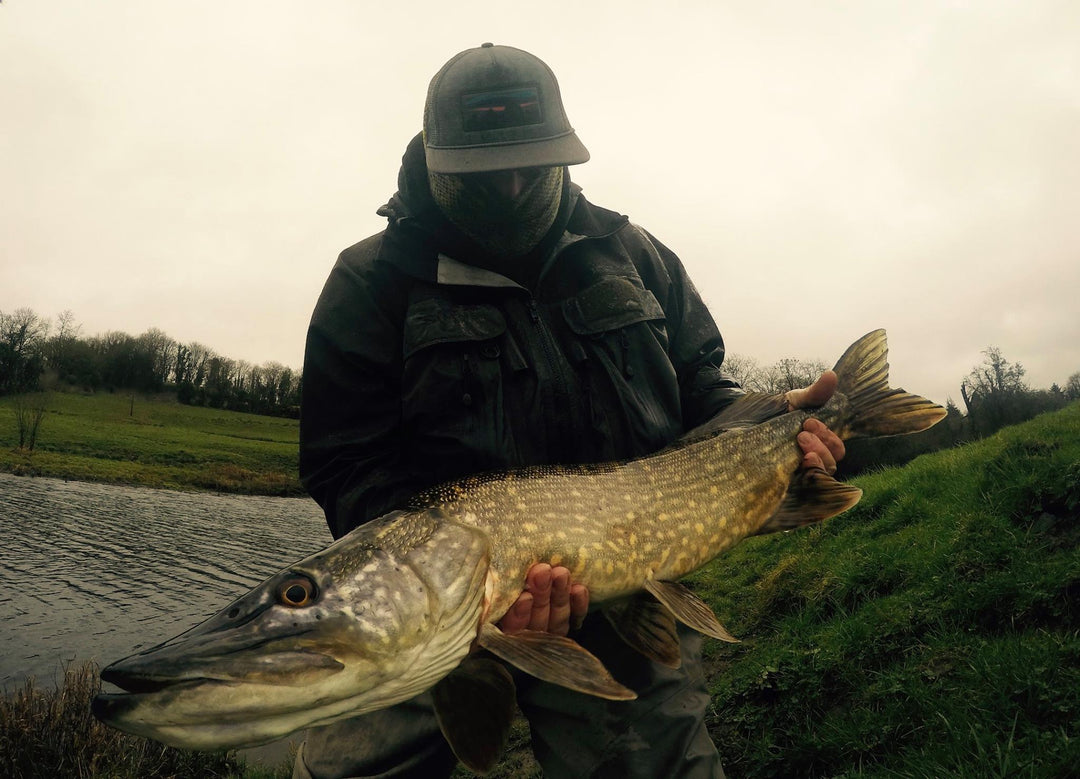
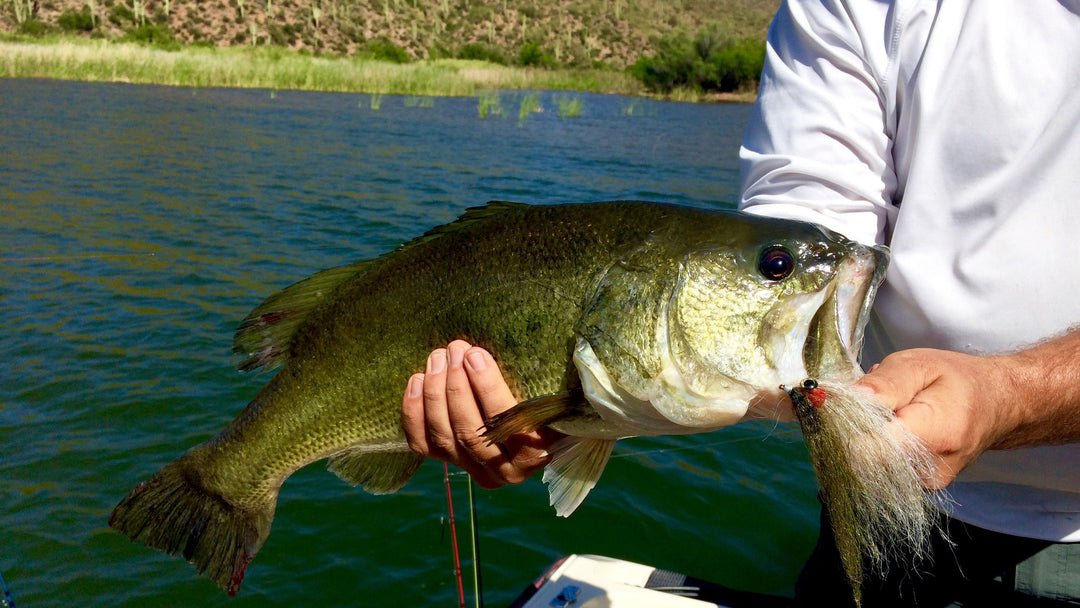
As streamer fly fishing has risen in popularity, streamer designs have taken off like never before.
If you haven't noticed, there are a lot of designs out there. One thing I've noticed about the plethora of new streamer patterns is that many of them (other than a few highly specialized designs) are designed basically around one thing: catching trout in fast-moving water.
So when I grabbed a handful of cleverly crafted baitfish patterns and headed out to my local warm-water bass lake, I found them highly lacking in some important qualities. They didn’t catch very many fish. I quickly realized that something designed for moving water didn’t automatically fit the bill when things became more static.
My answer was to just develop my own streamer patterns and fish away, but if you don't tie your own or have countless hours to experiment and design your own stuff, I realized that the already established cold-water patterns can be just as effective for warm-water species — they just need some adjustment in rigging and common sense when it comes to fishing techniques.
Here are some tricks I’ve used to adapt some commercial fly patterns to be as effective on your local warm-water lake as they are in the famous rivers they were intended for.
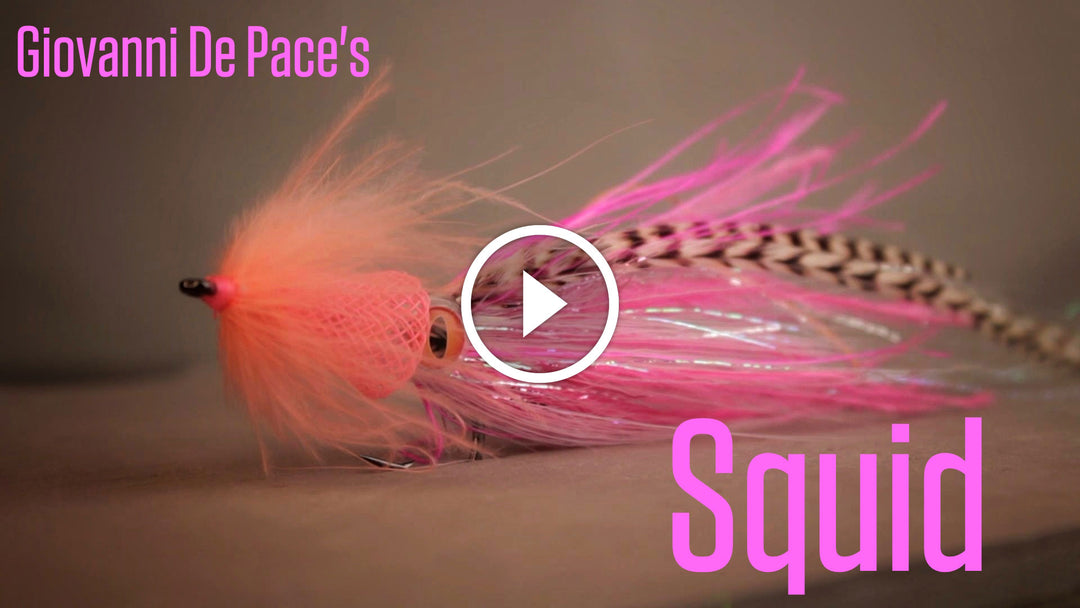
Learn to Tie This Next-Generation Squid Fly Pattern
Giovanni mostly targets dorado with his Squid fly pattern, but says that most small- to medium-size pelagic fish are going to gravitate toward this fly. He recommends fishing it on an intermediate line.
I discovered this fly pattern on the Flymen Fishing Co. Instagram feed while looking to see what fly tyers all over the world have done to use Flymen fly tying materials in creative ways. One of the first (and coolest) flies I saw was Giovanni De Pace's (@giannidepace) Squid. This is a slightly modified Flymen version of Giovanni's Squid, I think you'll like it!
Fly Recipe
- Hook: Kona Xtra Strong Stinger (XSS) 1/0
- Laser Dub (to help spread the materials)
- Underbody: Senyo's Aqua Veil Chenille
- Body: Ostrich Herl
- Body: Fish-Skull Faux Bucktail
- Body: Polar Flash
- Tentacles: Loco Legs
- Body: Rhea Feathers
- Tentacles: Saddle Hackle
- Head: Fish-Skull Fish-Mask, #7
- Eyes: Surface Seducer Dragon Eyes, 7 mm
- Loon Thick
- Loon Phosphorescent Powder
- Mantle: Fish-Skull Chocklett's Body Tubing, 1/4"
- Fins: X-Select Marabou
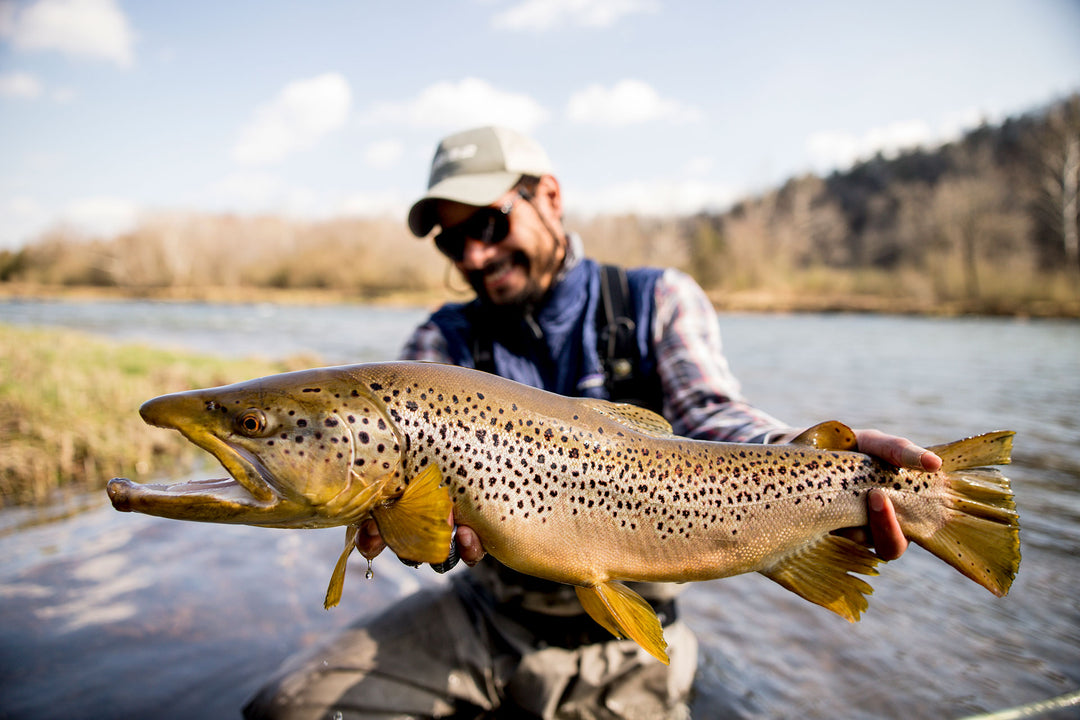
You have the fishing reports, a spanking new streamer outfit, and a leave pass to go chase some predators.
Your fly boxes are crammed full after hours watching videos while tying at the vise — heck, you probably know more about Brian Wise’s hands at this stage than his wife does.
Flies, lines, and water are all essential tools, but it's not going to work out if you can’t make those bugs swim.
When the Flymen crew asked me to work up another streamer piece for the blog I went back to my 2016 article, “Beyond Banging The Banks”. What we didn’t cover was how to make that fly swim when it hits the water. Consider this Chapter 2.
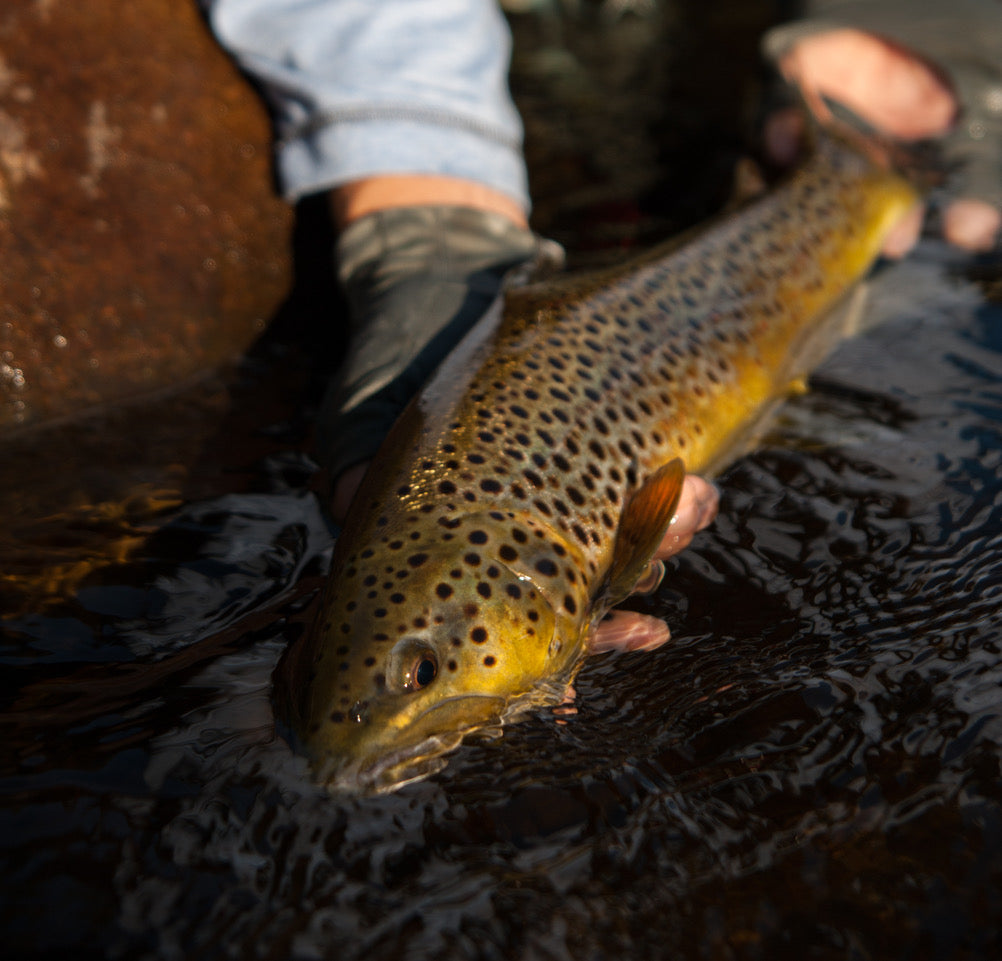
As a trout guide I like to think that there are no mistakes in fly fishing, rather there are learning opportunities — lots and lots of learning opportunities.
With each client I try to place an emphasis on proving yourself wrong, and by that I mean, take some rule/tactic/method and try to disprove it. After all, how many times have you done what was considered to be wrong and yet still caught a fish?
Habits on the other hand, are another story. Unlike mistakes, habits — especially a certain few — can be detrimental to catching trout. I'm going to address three of the worst habits I see on the water and how you can go about improving your habits to catch more trout.



